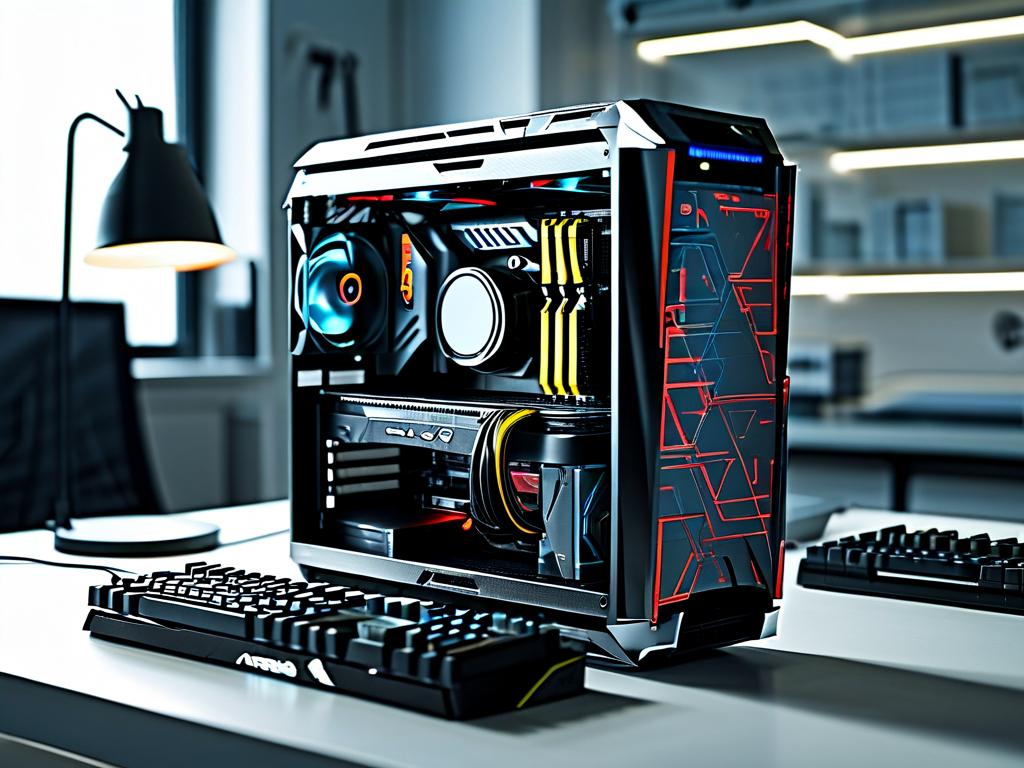As technology advances, older computers often struggle with modern software demands. For users maintaining legacy systems, proper memory management becomes crucial. This guide demonstrates practical methods to enhance your aging machine's performance through targeted memory optimization techniques.

Understanding the distinction between physical RAM and virtual memory forms the foundation of effective memory management. While RAM serves as immediate workspace for active programs, virtual memory extends capacity using hard drive space. Older systems particularly benefit from optimizing both aspects through these methods:
1. Process Prioritization
Access Task Manager (Ctrl+Shift+Esc) to identify memory-hungry applications. Sort processes by memory usage and terminate unnecessary background tasks. For Windows XP users, the command perfmon.exe provides detailed memory statistics. Regular monitoring helps maintain optimal memory allocation.
2. Registry Maintenance
Execute regedit to access system registry. Before making changes, create backup using File > Export. Remove obsolete entries from:
HKEY_LOCAL_MACHINE\SOFTWARE
HKEY_CURRENT_USER\Software This reduces memory overhead from redundant registry calls.
3. Virtual Memory Configuration
Adjust page file settings through System Properties > Advanced > Performance Settings. For systems with mechanical drives, set initial virtual memory to 1.5x physical RAM. SSD-equipped machines should limit page file usage to preserve drive longevity.
4. Hardware Enhancements
Consider upgrading RAM if motherboard specifications permit. For DDR2 systems, maximum supported capacity typically ranges 4-8GB. Use CPU-Z (cpuz.exe) to identify compatible memory modules. Combine this with regular DIMM slot cleaning using isopropyl alcohol to ensure proper contact.
5. Software Optimization
Replace modern applications with lightweight alternatives:
- Use SeaMonkey instead of Chrome
- Try AbiWord for document editing
- Install Foxit Reader for PDF viewing
For Windows 98/2000 systems, create custom boot disks with essential drivers using sysedit.exe to minimize memory load during startup.
6. File System Maintenance
Execute cleanmgr.exe for disk cleanup and defrag.exe for mechanical drive optimization. Schedule these utilities to run weekly through Task Scheduler. For FAT32 systems, maintain at least 15% free space to prevent memory allocation errors.
7. BIOS-Level Optimization
Access BIOS settings to disable unused hardware components (parallel ports, legacy USB support). Adjust memory timings using SPD data from CPU-Z. Enable memory remapping features if available to enhance addressing capabilities.
8. Thermal Management
Overheating causes memory errors in older systems. Use compressed air to clean heatsinks and apply fresh thermal paste. For persistent issues, create DIY cooling solutions using USB-powered fans positioned near RAM modules.
9. Driver Optimization
Update legacy drivers through Snappy Driver Installer Origin. Remove obsolete driver remnants using DriverStore Explorer (RAPR.exe). This reduces memory leaks caused by incompatible software components.
10. Boot Configuration
Edit msconfig to disable unnecessary startup items. For DOS-based systems, optimize config.sys and autoexec.bat files to load only essential drivers.
Persistent memory issues may indicate failing hardware. Use MemTest86+ (memtest.org) for thorough RAM diagnostics. Replace faulty modules immediately to prevent data corruption.
Through these technical strategies, users can extend functional lifespan of older computers while maintaining acceptable performance levels. Regular maintenance combined with selective upgrades creates sustainable computing solutions for legacy hardware.





